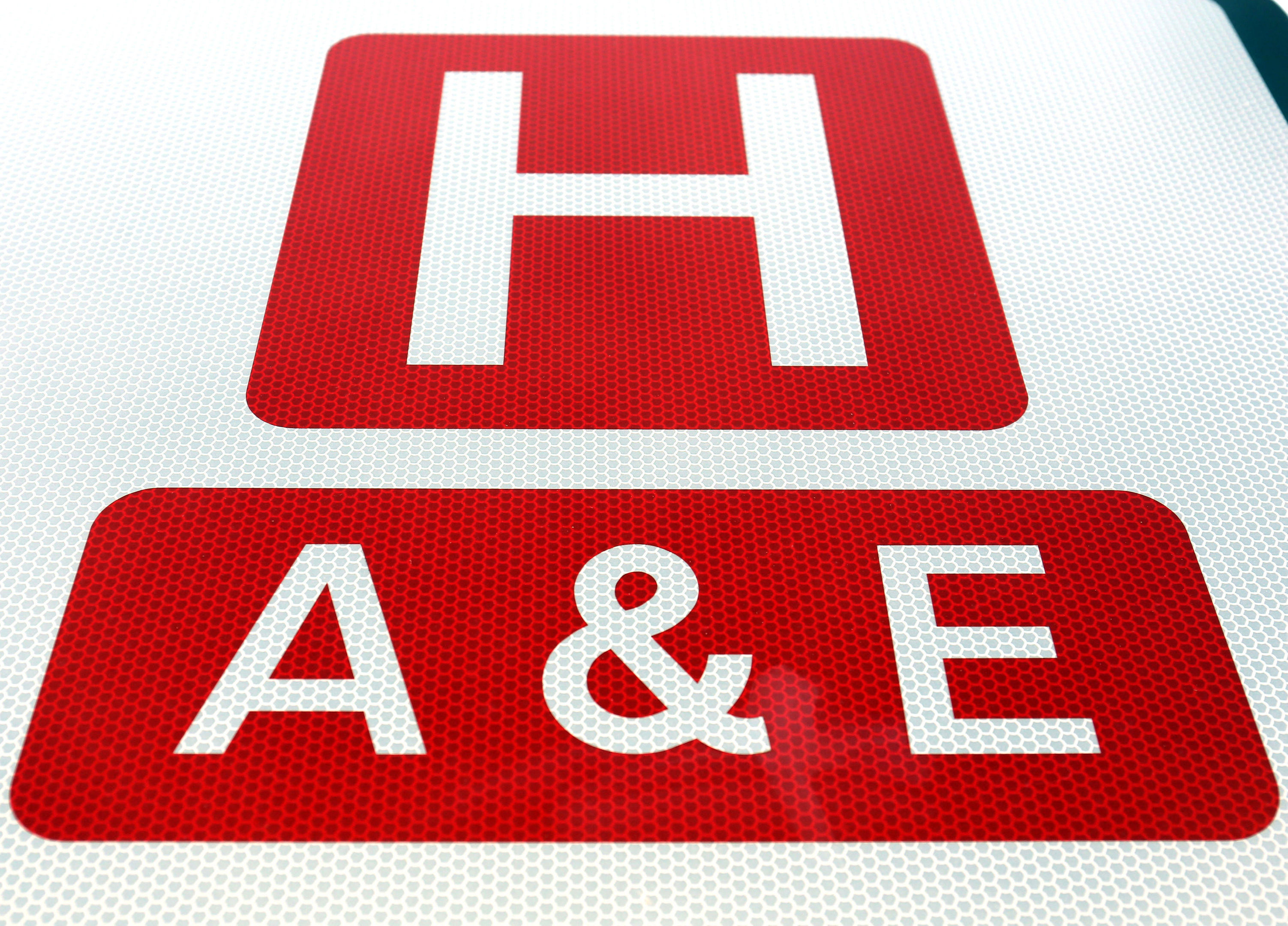
At Paisley’s Royal Alexandra Hospital nearly one in five (18%) of those who arrived at A&E in the week ending January 17 had to wait more than four hours.
The Scottish Government has set the interim target of having 95% of emergency patients admitted, transferred or discharged within this time.
Across Scotland, 15 of the country’s 30 NHS hospitals with 24-hour consultant-led A&E departments failed to achieve this, with eight of the 14 regional health boards also falling short of the target.
Medics in A&E dealt with 23,141 cases in the week ending January 17, with 91.5% of them dealt with within four hours.
While that is below the target it is up on the previous week, when 88.3% of patients were admitted, transferred or discharged in time.
The boards failing to meet the target for that week are NHS Ayrshire and Arran (91%), NHS Fife (94.8%), NHS Forth Valley (92.5%), NHS Greater Glasgow and Clyde (87.3%), NHS Highland (94.6%), NHS Lanarkshire (92.7%), NHS Lothian (89.1%) and NHS Shetland (90.2%), according to official figures from the NHS.
Health Secretary Shona Robison said: “We know that at the start of the year there is substantial additional pressure on our NHS.
“However, there are signs of recovery in this week’s performance with an improvement of more than three percentage points during the week ending January 17.”
She stated: “Throughout the winter period, A&E performance has remained higher than the equivalent week last year, which is testament to the hard work of staff across the NHS.
“We have worked closely with the Royal College of Emergency Medicine to embed improvements and it is encouraging that the college themselves feel all aspects of emergency care are better than last year.
“However, A&E performance can fluctuate, not only from week to week, but also from hospital to hospital, particularly at this time of year and there is still clearly more work to be done to build on and retain performance across the whole country.
“While we are seeing improved performance at most of our A&Es, the focus is now on supporting boards and hard-working staff to ease pressure across the system.
“We have invested some £10.7 million to help cope with extra winter demand and we have been providing expert support for boards where required.
“To meet additional demand, all health boards have winter resilience plans in place, which include increasing bed capacity and work to reduce delays in discharging patients from hospital.
“Over the past year we have rolled out six essential actions for unscheduled care, which aim to minimise long waits in A&E and assessment units by improving patient flow throughout all areas of the hospital and community.”

Enjoy the convenience of having The Sunday Post delivered as a digital ePaper straight to your smartphone, tablet or computer.
Subscribe for only £5.49 a month and enjoy all the benefits of the printed paper as a digital replica.
Subscribe